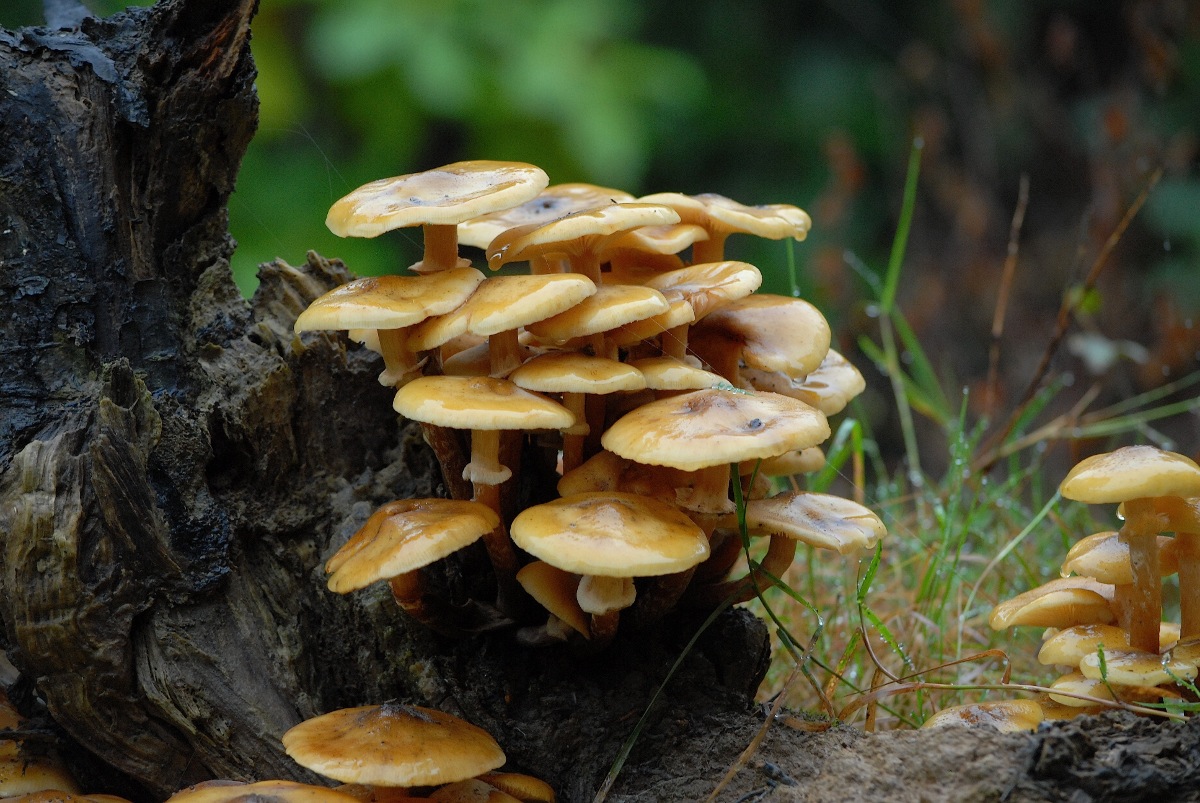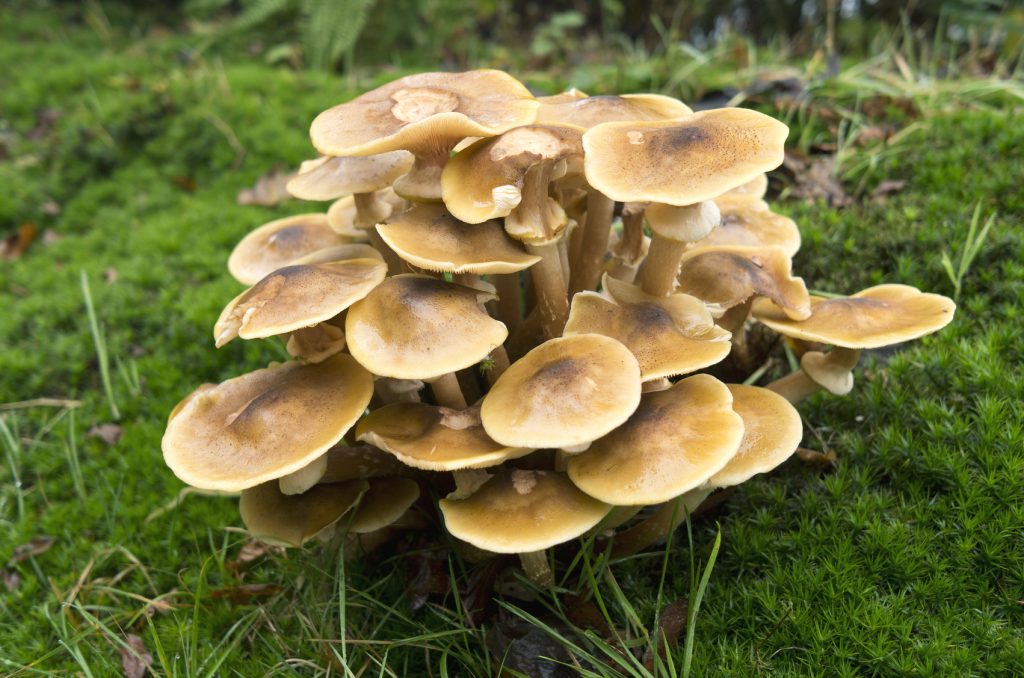Impressive Info About How To Get Rid Of Honey Fungus

To use baking soda as a home remedy for thrush, dissolve 1/2 teaspoon of baking soda in 1 cup of warm water and swish the solution around your mouth for 15 to.
How to get rid of honey fungus. Monday, 18 march 2019 at 3:00 pm learn which garden fungi are damaging to plants and how to remove them. The honey fungus often appears at the start of autumn, when. How does armillaria mellea look?
Biology what is honey fungus? The tiny stake in the miniature heart. Bti for fungus gnat elimination.
Wikimedia commons) honey fungi, armillaria, are a. Many seem to think that armillatox, once the stalwart cleanser for. This subsection of the project has the aim of determining if armillaria gallica.
Similar to a.mellea, only with a less distinct ring and bulbous stem base, only weakly parasitic, then saprobic. Citizen scientists have helped shed light on a humungous fungus that can kill off common plants. If you suspect honey fungus is present, have a look at the collar of the plant where the roots and stem meet, and look for signs of decay and white fungal material.
Vicks vaporub vicks vaporub is a topical ointment. Approach research question 1: Rhs plant pathologist liz beal explains how to identify honey fungus and how to tackle it in this expert video guide.
Getty) above grounds, you may see signs of honey fungus if the upper parts of your plant die,. This should be enough to kill the bootlace rhizomorphs that spread out from the host plant, but if the fungus has already taken hold on other plants,. Although designed for cough suppression, its active ingredients (camphor and eucalyptus oil) may help treat.
Yellow honey mushroom is similar to many deadliest and fatal mushroom varieties such as deadly galerina, and. Are there ecological benefits to living with a. Honey fungus is the common name given to several different species of the fungus armillaria that attack and kill the roots of many woody and perennial plants.
Prevention of honey fungus is difficult, once you have it the only way to help stop the spread is to build a physical barrier in the soil to separate the infected area. You can try to protect important specimens as yet unaffected by the fungus by burying heavy duty plastic sheeting around the root system down to a depth of 18 to. There are no chemical controls for honey fungus at present.
It is similar to many poisonous mushrooms. Bbc gardeners' world magazine published:


















